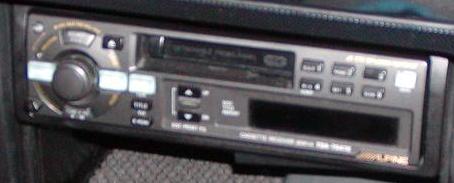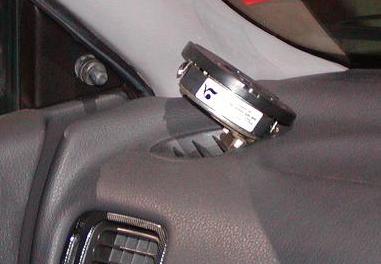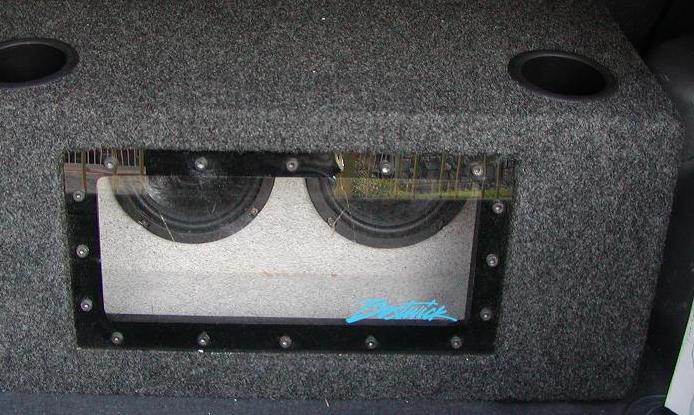

Jwo Shong's Car Audio
Part 0 - The Car
It is a Proton Satria 1.3 GL (Mitsubishi Cyborg)
Introduction
Jwo Shong is a friend of mine since primary school. We became close friends since high school. After I graduate from Salford University (Manchester, England) with a B.Eng.(Hons.)Electroacoustics, he was the 1st to see me and let me settle his car audio system as I see fit. So I did.
And the story goes
Armed with the combined in-depth understanding of fundamentals of acoustics, audio technologies + all their limits and the pass 12 years of practical experiences + realizing my pass 12 years of mistakes from hundreds of system, with hundreds of configurations. I know we had to make the system work both in theory and practical. So the technique below was invented.
Step 1 - Since this project will be using an "engineering" approach, therefore all products' specifications will be obtained through our own internal critical measurements. This gives us an "edge" over convention paper specifications design / selection method, as all our specifications are on graphs and can be seen to extreme detail. Simply call it, not fair :)
Step 2 - In order to produce good sound, we need frequencies from 20Hz to 20kHz at a consistent level, where the responses are non-radical / fluctuating.
Step 3 - No "one" speaker can produce all the frequencies that we need, especially have them at the same level. So we need a few different speakers, this is predicted a head.
Step 4 - "car audio" environment limits the placement / position of speakers as well as size. So the criteria is to have as much sound from the front as possible. Like at home, or live in a concert. Our ears are after all, facing forward.
I am not saying we can't hear sound from the rear, but just front is always better :) don't you feel uncomfortable hearing sound from the rear, makes you always want to turn back to see what's going on. Human's curiosity. Isn't it annoying?
Step 5 - Now we are limited to tweeters on the dash only, which is the most front and near head level. This speaker must play "most" of the sound, it must also have the most consistent level for high sound quality reproduction of fundamental frequencies and it's harmonics. This means from 20kHz down to as low as possible with as little variation as possible.
Step 6 - In order to find this speaker, meeting our criteria, we use LMS - Loudspeaker Measurement System - by LinearX. Since we do not have an "anechoic chamber" near-field technique is used, which is around 5mm to 10mm between measurement microphone and the item under test.
Step 7 - Accuracy / detail setting - max is (and set at) 552 points linearly across any frequency range between 20Hz to 20kHz (and was set that way). This will let us know nearly everything about the speaker, even before listening to it.
Ooooiii jwo shong, need better pictures lah :) cannot see your car one?



ACOUSTICS SECTION AUDIO SECTION CAR SECTION
HOME - Technical Website for Acoustics, Audio and Car